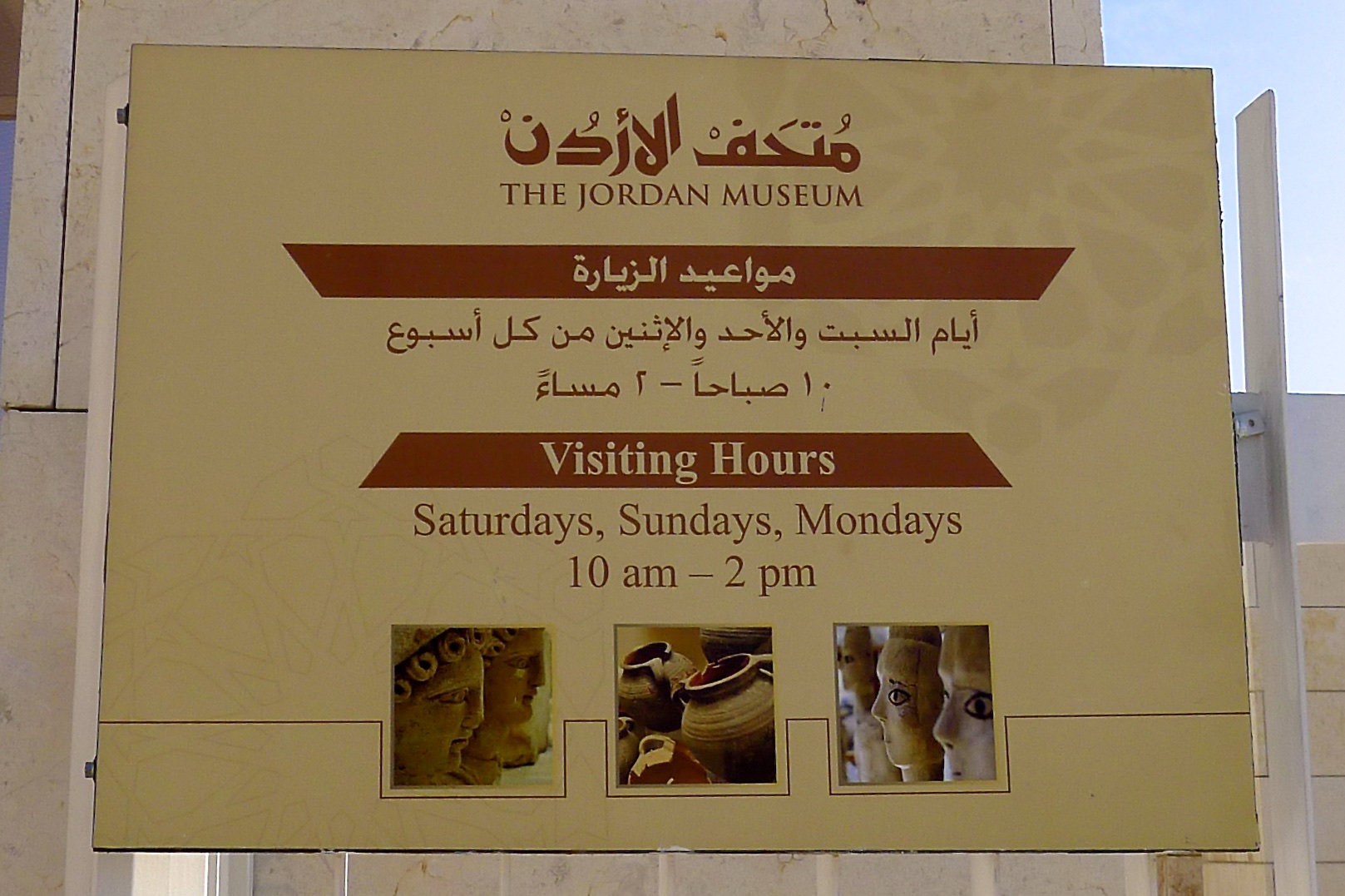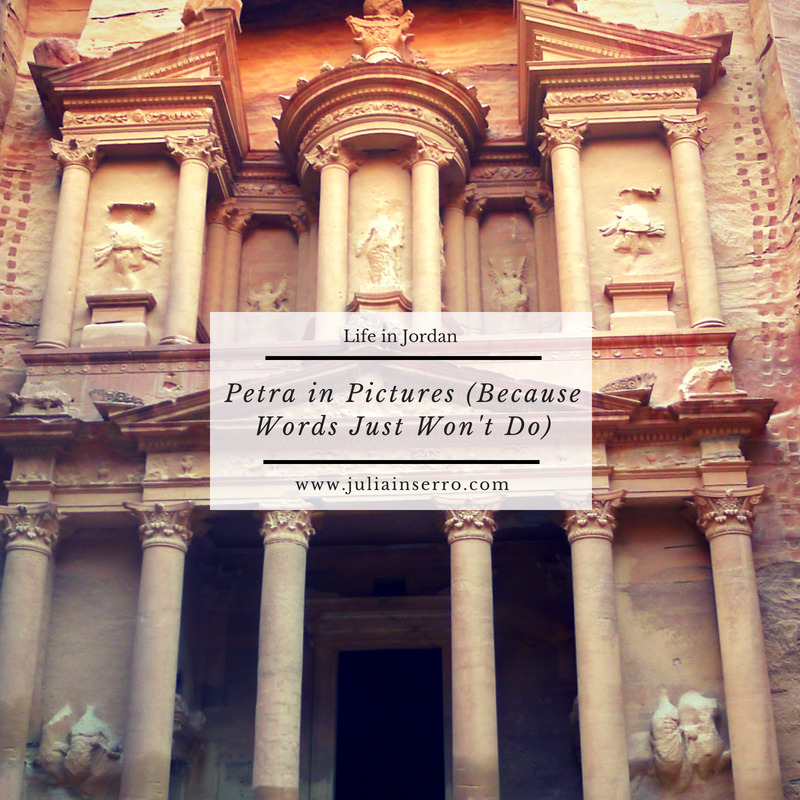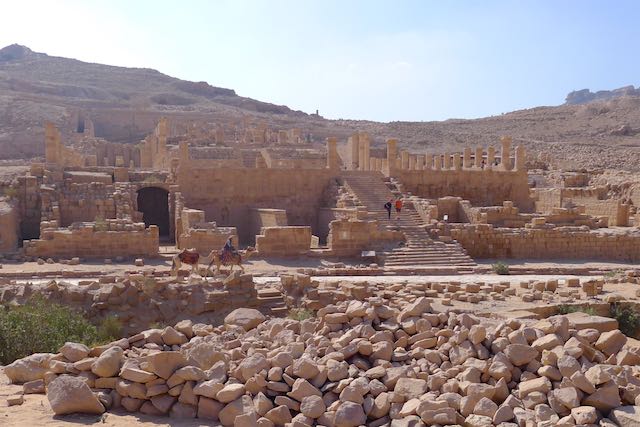As an expat in a foreign country, I feel it is my duty to do what I can to acclimate to the local culture. Living throughout the Middle East for the last six years, I’ve made attempts to learn, and sometimes even speak, baby Arabic. I’ve adopted the more modest style of dress (foregoing the short-shorts and belly-shirts I so loved when I was seven). I’ve readily tried all the local vegetarian offerings (though I only had to try molokhia once, just not being a fan of slimy spinach-like glop). But no matter how hard I try, there are just some local “etiquettes” that I just can’t master; and frankly, I hope I never do.
Driving Etiquette
Living in Cairo exposed me to a whole new world of insanity, and most of it was traffic-related. It took me a few months to stop gasping at the physics-bending moves of the drivers that in any other world would have resulted in a mass of metal and muscle, but in Cairo was just how they turn left. I came to accept that “one way” streets were merely a suggestion; traffic lights were often just for show; families of five could quite easily fit on a motor scooter, even with a basket of laundry and a newborn in tow; donkey carts carrying propane should be avoided; bread bikes are fascinating but should also be avoided; plate glass windows can easily be carried under your arm as your drive your motorcycle; and door knobs that work on taxis are overrated.
Then we moved to Kuwait. No longer did I have the fun of trying to up the wacky-ante on the watermelon truck with grandma perched on top, or the shed-sized blocks of limestone that had casually rolled off the flatbed and were sitting in the middle of the highway. Now I was dumped into the Gulf’s version of the Indy 500, but with Bentleys, Lamborghinis, and Maseratis, and a population of trust-fund kids who had spare cars in their garages at home and not a care if they crumpled their “Thursday” car. Speed and an overwhelming fatalistic belief system often meant for a harrowing ride to the mall. To drive without cursing in Kuwait was a skill I never mastered; thank goodness my daughter was pre-verbal.
When we moved to Jordan, I was curious what the driving etiquette would be. Well, like most things in Jordan, it lies somewhere in the middle between Cairo and Kuwait. They don’t have the speed or extreme opulence of Kuwait (thank goodness), but they also don’t have the population or poverty of Cairo or the need to keep 40-year-old Peugeot’s running with mere duct tape and will.
However, for all their differences, there are some similarities between the three countries and for this I am truly frustrated: one-ways remain mere suggestions; the foreigner is always in the wrong; lines on the road are either imaginary or just to add a touch of color; and most annoying of all, the prevailing thought that if I need to turn left, right or center, I will, regardless of your proximity to me or how many people I affect, because life is all about ME.
Telephone Etiquette
On the scale of things, this is a minor annoyance; or rather, it should be. But for whatever reason, it drives me bonkers. As children we are taught how to answer the phone. The simple give and take, ask and answer, listen and respond. In the Middle East, it’s taken to another level, and I just can’t get with the program.
Here’s an example of a typical phone call I'd get from a doctor’s office:
Ring, ring. “Hello?”
“Hello!”
(pause)
“Hello,” I respond.
“Hello, ma’am.”
(pause)
“Hi,” getting mildly annoyed.
“How are you?”
“Fine,” annoyance growing. (Now, over the years I’ve learned to just interject here and cut to the chase.)
“Who are you calling for?”
“This is Samira from Dr. Hiba’s office.”
(pause)
“Okay, hello.”
“Hello.”
(pause)
“Who are you calling for?”
“Ms. Julia?”
“Yes, that’s me.”
“Oh good. How are you?”
“Fine, how can I help you?” (nudge, nudge, type-A tendencies emerging quickly)
“We wanted to remind of you of your appointment tomorrow at 2.”
“Okay, thank you.” (hang up quickly, or be stuck with five minutes of good-byes)
The issue is that if I was being a good expat and minding my etiquette manners, I’d play along and go through all the niceties that the local culture expects; lots of “how are yous” and “fines” and all that. But I just can’t. The fact that I can see on my caller ID that it’s Dr. Hiba’s office, and I know I have an appointment tomorrow, and the fact that in the US the call would take all of 12 seconds to remind me of the appointment, has trained me to expect just that.
And considering most calls I get I know exactly why they’re calling, I do tend to pull out my “obnoxious brusque American” card and just cut in with the substantive conversation, often throwing the caller a bit off balance with the whole pleasantry skipping. However, on the odd occasion that I get a call from someone I don’t know, by the time I get to the point where either I figure out it’s a wrong number, or I find out it’s the yoga instructor telling me next week’s class is cancelled, I’m typically fit to be tied. I realize it’s a bit of an overreaction and doesn’t make any sense, and for the most part living in the Middle East has sucked the type-A out of me, but in this one sense, I apparently just refuse to let go of efficiency and common sense, foregoing all decorum. And for that, I apologize. Now hurry up!
Business Etiquette
This one boggles my mind, and just always will. It started quite clearly in Cairo, where the answer to any question you posed was almost always, “Yes.” Even if it wasn’t.
“Can you get this spice rack finished by next week?”
“Yes!” (It took 9 months)
“Can you deliver the camel saddles on Thursday?”
“Yes!” (Showed up on a random Tuesday)
“Do you speak English?”
“Yes!” (Technically he was correct, as “yes” is English, it was just the limit of his English.)
“Do you have the alabaster lamps we requested in stock?”
“Yes!” (But despite multiple trips to their shop, they were never in stock. This became such a joke that my husband eventually stopped driving me there (and he remains mad about it even five years later), so I just spent the next 12 months periodically stopping in until I finally found them randomly perched on a shelf for sale and grabbed them, taking an extra one for good measure.)
In Kuwait we didn’t have many dealings with shop proprietors (Ikea and Pottery Barn employees don’t seem to have this issue) or taxi drivers or anyone that could really offer something and not deliver – other than the occasional food delivery who would just never show up and when you called an hour later they would say, “Oh, we couldn’t find your house.” (With the added implication, “And we were too lazy to call you and ask for directions or tell you to go ahead and eat soup tonight.”)
However, in Jordan, there have been two glaring examples since we’ve arrived. Over a two-plus-month period, I have attempted to have two comforters cleaned by a local dry cleaner. My first foray took multiple attempts to get them to come pick up the comforter, which was a service they offered. They just apparently offered it infrequently. But eventually they did indeed pick it up and I was told it would be ready in two days. I gave them two weeks and followed up with countless phone calls and text messages, and finally it was delivered home all cleaned and pressed.
Regardless of the two day/two week time discrepancy, I figured I’d use them again and called to have another comforter picked up. Again, a few weeks of following up and they eventually came by to get it. And again, I was told “two days.” I gave them five and instead of dealing with the whole string of phone calls and text messages, I figured I just swing by and just pick it up myself this time.
I should have known something was suspicious when I had to wait so long for them to retrieve it. But they brought it out all sealed in a big plastic bag, looking so nice and clean. The first issue arose when I went to pay. Suddenly the price was double. I pointed this out and essentially the guy at the counter told me, “Please pay. He’s so mean.” Are you saying you’ll be punished if I don’t pay double?? I seriously doubted this was a mob-run dry cleaners, and after several minutes of haggling, I paid half of the difference and stomped off.
Two days later, I unwrapped the comforter only to discover that it was still damp and it had new tea-colored stains on it, as if it had been dragged through dirty water on the floor. I called them immediately and insisted they send someone to the house to retrieve it – I felt it was the least they could do. Eventually, and I mean a few weeks later, they did send someone. That was six weeks ago. I’m still waiting for it to be cleaned and returned. I’m suddenly finding myself missing the litigious nature of the American business model. (sigh)
Our second “business etiquette” lessons have to do with gardeners, or rather the local Egyptian Gardener Mafia. When we arrived in Amman and got to our house, we were thrilled to see we had a lovely walled-in front garden, replete with trees, privacy, rose bushes, a table and chairs and lots of dirt to play in. It was perfect and in our jet-lagged state it never occurred to us to wonder about maintenance, or the fact that there wasn’t a green thumb among us. However, no fear, as two days later my husband said one morning, “There’s a guy climbing over our wall. He’s watering the grass.
Insert our first Egyptian gardener, Omar. My husband went out to introduce himself and learned that Omar had been the gardener here for the last 10 years. In his jetlag stupor, he also agreed to hire him to come twice a week to take care of the garden. Initially all seemed good, until we started to notice that the “two times a week” was slipping to once a week, or twice a week for seven minutes at a time. After several months of this, we graciously declined his services (such as they were) and instead spoke with our Egyptian doorman to see if he’d be willing to water and mow. He said, “Yes!” What a surprise.
Two weeks later, with no watering or mowing, we suddenly learned he was leaving. Enter new Egyptian doorman. We approached him and asked if he’d be willing to water and mow, he said, “You need to talk to Omar.” Ah, insert mafia Don. Our fourth attempt was to hire an alleged “professional” gardener who came, assessed our yard, said he’d come twice a week for six hours at a time. I was highly skeptical of him being able to spend more than one hour tending to our small yard, let alone six, but we were hopeful. After his first visit, during which he spent a mere two hours and ten minutes working, he never returned again. Even to get paid. We’re now reassessing the value of Omar’s seven-minute visits; at least the lawn got mowed.
So, while I continue to believe that as an expat I need to adjust to the local culture, I maintain that there are some local customs and behaviors that maybe should be left to the natives. Now I’m off to go call about my missing comforter. I figure 37 minutes should cover the question, “Is it ready to be delivered yet?”


































